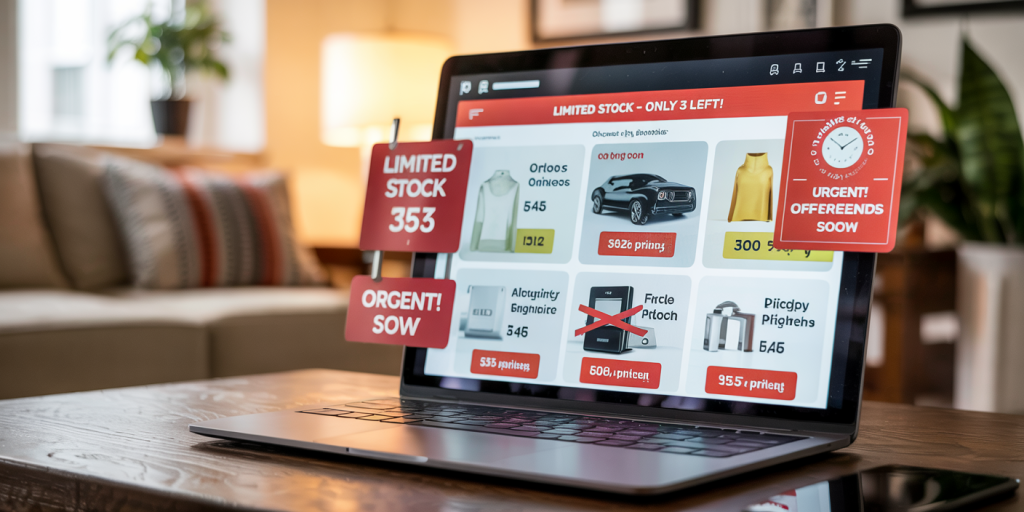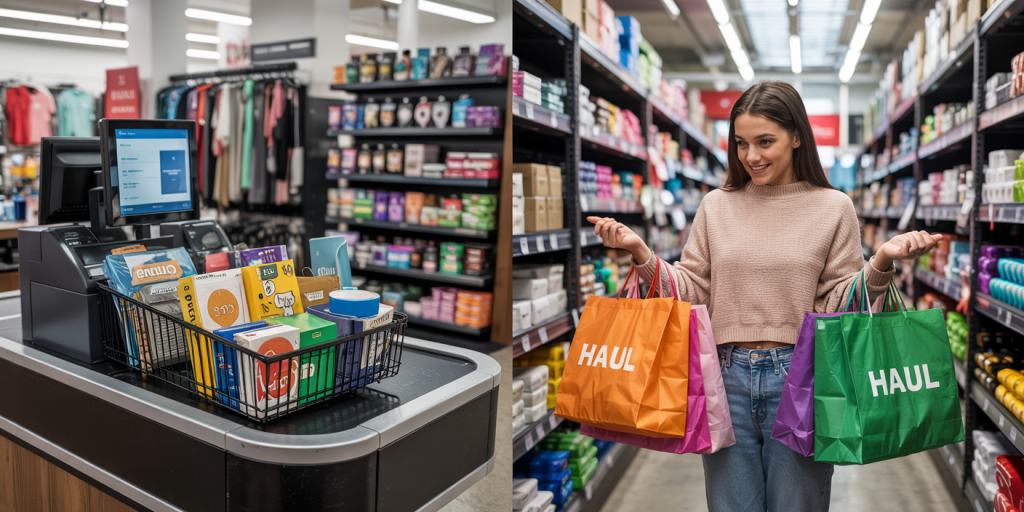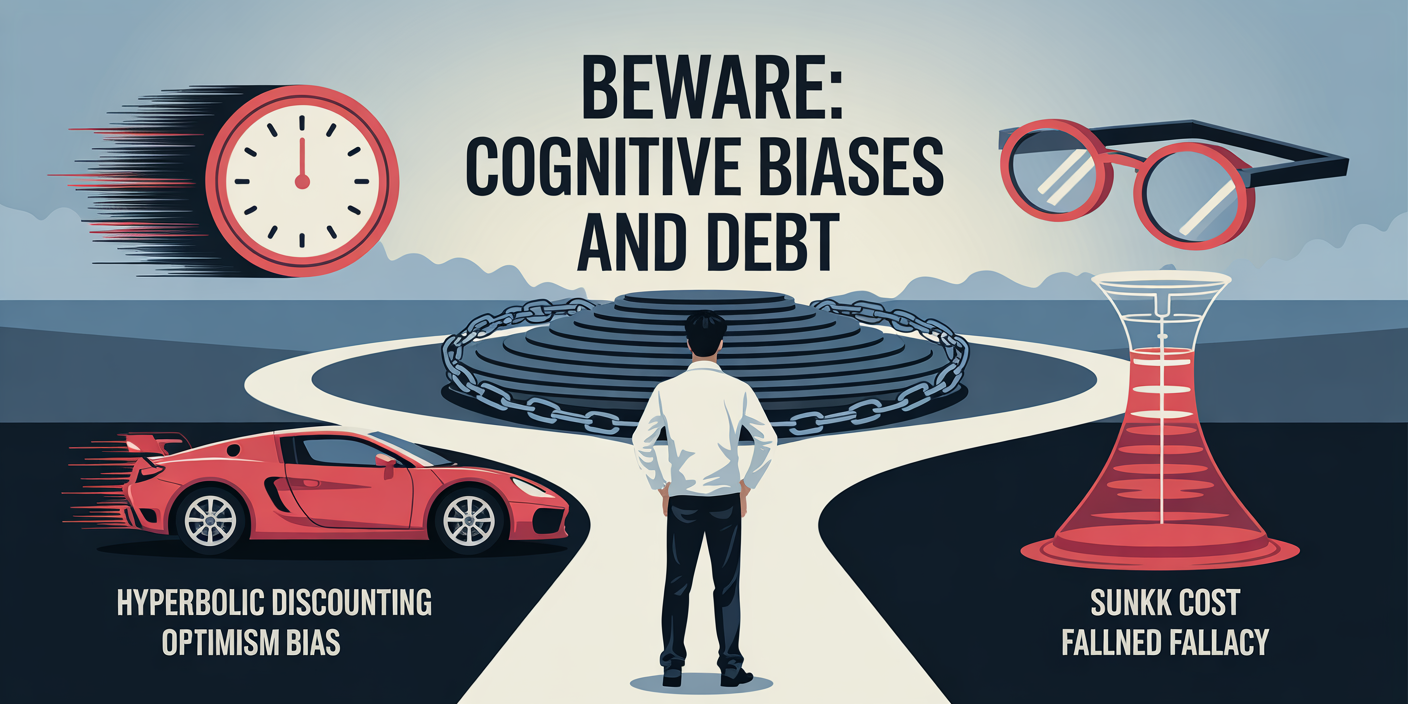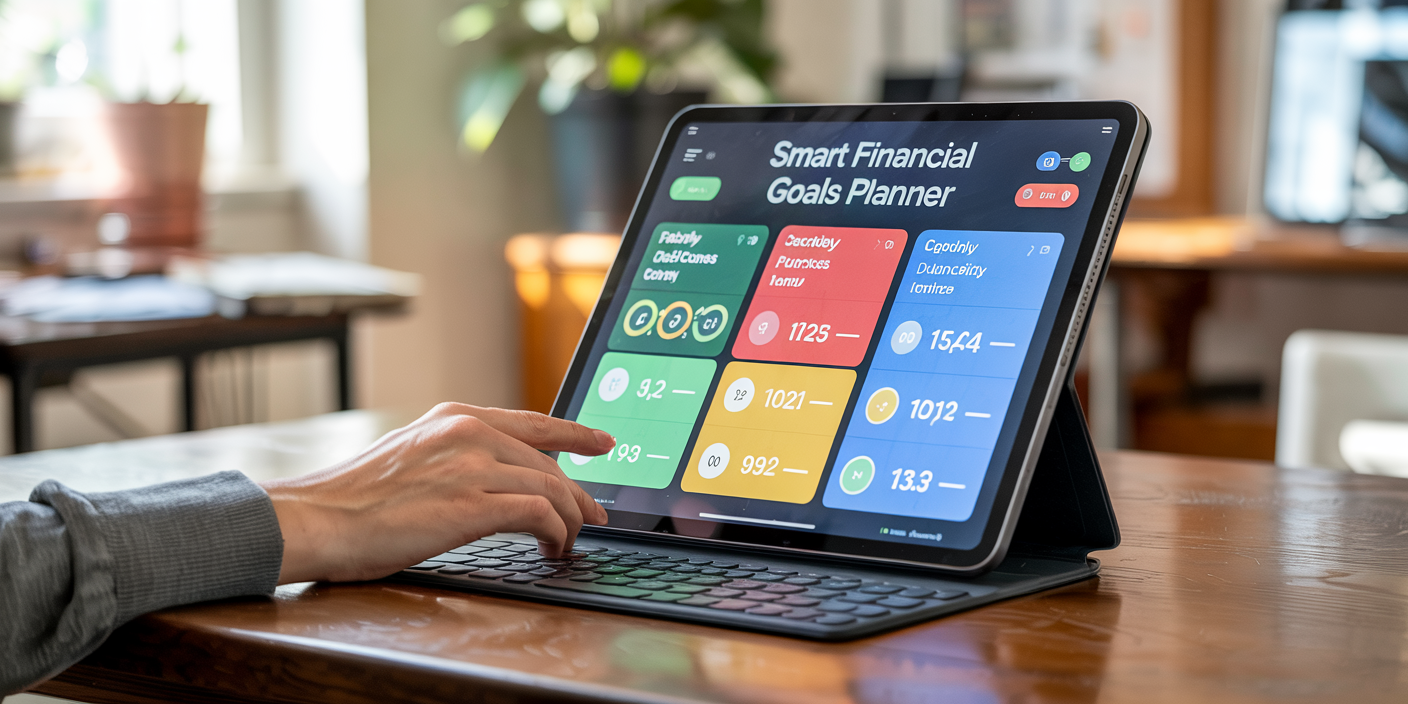The Psychology of Spending: Understanding and Controlling Impulse Purchases
Anúncios
In today’s consumer-driven world, impulse buying has become a widespread behavior impacting millions of individuals. From grabbing an unplanned snack at checkout to splurging on gadgets during sales, impulse purchases account for a significant portion of consumer spending. According to a 2023 survey by Statista, approximately 84% of shoppers engage in impulse buying at least occasionally, with Americans spending over $1,200 annually on spontaneous purchases. Understanding the psychology behind these behaviors is crucial for individuals seeking financial control and marketers looking to optimize sales strategies.
Impulse buying isn’t merely an act of convenience or carelessness; it is deeply rooted in human psychology. Various cognitive, emotional, and environmental factors interplay to drive consumers toward making spontaneous spending decisions. This article dissects these psychological triggers, explores real-life examples, and offers actionable strategies to curb impulsive spending habits. The discussion also projects future trends influenced by economic pressures and technological innovations.
Emotional Triggers Behind Impulse Spending
Anúncios
Impulse purchases are often fueled by emotions rather than rational thinking. When consumers experience stress, boredom, or a need for instant gratification, shopping provides a quick emotional lift. Neuroscientific studies reveal that buying stimuli activate the brain’s reward system, releasing dopamine—a neurotransmitter responsible for pleasure and satisfaction. This chemical reward reinforces the behavior, making impulsive purchases psychologically gratifying.

For instance, a study published in the *Journal of Consumer Psychology* (2022) found that shoppers with higher baseline stress levels were 30% more likely to engage in impulsive buying when exposed to promotional stimuli. Retail environments often exploit this by creating atmospheres that stimulate positive emotions—bright lights, upbeat music, or pleasant aromas—to encourage spontaneous spending.
Anúncios
Emotional spending can also be observed in real-world scenarios like “retail therapy,” where consumers shop to improve moods caused by negative experiences. During economic downturns or personal hardships, individuals may paradoxically increase impulsive purchases as a coping mechanism, often exacerbating financial strain. Understanding this emotional aspect highlights the importance of recognizing and managing mood states to prevent unplanned expenditures.
Cognitive Biases Influencing Impulsive Decisions
Beyond emotional drivers, several cognitive biases impact impulse purchasing behavior. One prominent bias is scarcity, where products displayed as limited-time offers or in low stock create urgency. Consumers perceive such items as more valuable and are motivated to buy immediately to avoid missing out—a phenomenon known as the Fear of Missing Out (FOMO). Retail giant Amazon’s use of countdown timers and “Only 3 Left!” notifications exemplifies leveraging this bias effectively.

Another cognitive bias at play is anchoring, where initial offers or prices set consumer expectations. For example, a product initially priced at $100 but marked down to $70 appears more attractive, even if the discounted price exceeds the buyer’s true valuation. This mental shortcut simplifies decision-making but often leads to unplanned purchases justified by perceived savings.
The “halo effect” also influences impulse buying; if a brand is associated with quality or status, consumers may overlook price or necessity concerns. Apple’s product launches, generating excitement and loyalty, encourage many customers to buy new devices impulsively, driven partly by brand affinity rather than functional needs.
To better illustrate, the following table compares common cognitive biases impacting impulse purchases, their characteristics, and typical marketing applications:
| Cognitive Bias | Characteristic | Marketing Example |
|---|---|---|
| Scarcity | Perceived lack of availability | Limited-time flash sales |
| Anchoring | Reliance on initial price information | Original price crossed out |
| FOMO | Fear of missing an opportunity | Low stock warnings |
| Halo Effect | Positive brand perception influencing buy | Premium branding campaigns |
Recognizing these cognitive traps enables consumers to approach purchasing decisions more critically.
Environmental and Social Influences on Impulse Buying
The physical and social environment plays an integral role in impulsive spending patterns. Retailers meticulously design store layouts to maximize consumer engagement with products often positioned to encourage spontaneous interaction. For example, checkout counters are typically stocked with small, inexpensive items like candies and magazines intended to entice last-minute, unplanned purchases.
Online shopping environments also simulate such influences through personalized recommendations and limited-time offers. Algorithms analyze browsing history to display suggestions appealing to individual interests, creating tailored temptation zones that can be difficult to resist.
Social influences add another layer, as peer pressure and group dynamics impact spending behavior. According to a 2021 study by the National Retail Federation, consumers shopping with friends or family are 15% more likely to make impulse purchases. Social media platforms exacerbate this effect by showcasing influencers’ lifestyles and products, subtly encouraging followers to emulate behavior through spontaneous buying.

An example is the rise of “haul videos” on YouTube or TikTok, where content creators share their latest purchases, often triggering viewers to make similar impulse buys to feel connected or fashionable. The phenomenon demonstrates the interplay between social validation and spending impulses.
Techniques to Manage and Reduce Impulse Purchases
Despite the psychological and environmental factors urging impulsivity, individuals can adopt strategies to regain control over spending habits. Practicing mindfulness during shopping is a fundamental approach. Pausing to reflect on the necessity of a purchase or waiting 24 hours before completing an order can prevent emotionally driven impulsive decisions.
Budgeting tools also help by providing clear boundaries and tracking spending patterns. Many financial apps now include alert systems that notify users when nearing set limits, fostering more conscious choices. For example, the use of envelope budgeting—allocating fixed amounts for categories such as entertainment or dining—constrains impulsivity through predefined limits.
Shoppers can further reduce temptation by planning purchases in advance and sticking to shopping lists. Avoiding browsing during emotional distress or while hungry can diminish susceptibility to impulsive urges. Studies suggest that consumers shopping on an empty stomach are up to 40% more likely to engage in impulse buying, particularly in grocery or food-related contexts.
Retailers, too, can assist responsible spending by implementing transparent pricing and reducing manipulative scarcity tactics. Consumer education on common sales gimmicks fosters awareness and resilience against impulsive pressure.
A comparative overview of techniques to manage impulse buying is outlined below:
| Technique | Description | Effectiveness |
|---|---|---|
| Mindfulness Pause | Delaying purchase decision | High – reduces emotional buying |
| Budgeting Tools | Setting and monitoring spending limits | Medium to high – promotes discipline |
| Shopping Lists | Pre-planning purchases | Medium – limits unnecessary buys |
| Environmental Avoidance | Avoiding trigger environments | High – avoids temptation altogether |
| Consumer Education | Learning about sales tactics | Medium – builds awareness |
Employing a combination of these strategies enhances the ability to control impulsive spending.
Economic and Cultural Factors Shaping Impulse Purchasing
Impulse buying does not occur in a vacuum but is influenced by broader economic conditions and cultural norms. During periods of economic prosperity, consumers exhibit higher disposable incomes, often translating to increased impulse spending. Conversely, financial uncertainty or inflationary pressures typically reduce such behavior but may paradoxically heighten impulsive purchases as coping mechanisms, as noted earlier.
Cultural attitudes towards money and consumption also shape impulse buying patterns. In individualistic societies like the United States, where personal enjoyment and immediate gratification are culturally emphasized, impulse expenditures are more prevalent. In contrast, collectivist cultures may place higher value on saving and frugality, thus exhibiting lower rates of spontaneous purchasing.
For example, comparative research between the U.S. and Japan indicates that American consumers report impulse purchases in up to 70% of transactions, whereas in Japan, this figure drops to about 50%, reflecting underlying cultural differences in spending habits and financial priorities.
Understanding these macro-level influences contextualizes impulsive spending and highlights the need for tailored approaches in financial education and consumer protection.
Future Perspectives on Impulse Buying Trends
Looking ahead, the psychology of spending and impulse purchases is poised to evolve with technological advancements and shifting societal trends. Artificial intelligence-driven personalization will further refine targeted advertising, making it more challenging for consumers to resist spontaneous buying. The use of augmented reality (AR) for virtual try-ons and immersive shopping experiences could intensify emotional engagement and impulsivity.
At the same time, growing awareness of financial wellness and sustainability concerns may drive a counter-movement toward mindful spending. Consumers increasingly seek transparency and ethical consumption, potentially reducing impulse purchases grounded in fleeting desires.
Financial technologies (FinTech) are also developing smarter tools integrating artificial intelligence to predict and warn users about potential impulse buying risks based on behavior patterns. These innovations offer promising avenues for balancing convenience with consumer empowerment.
Moreover, ongoing research into behavioral economics and neuropsychology will deepen our understanding of the mechanisms behind spending habits and inform more effective interventions. Policymakers may consider regulations addressing manipulative marketing practices to protect vulnerable consumers.
In summary, the future landscape of impulse purchasing will be shaped by a dynamic interplay between enhancing technology, evolving consumer values, and regulatory frameworks dedicated to fostering healthier financial behaviors.



Post Comment